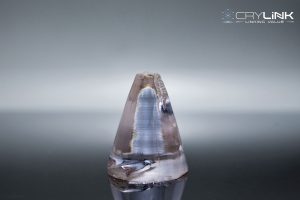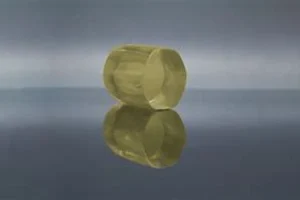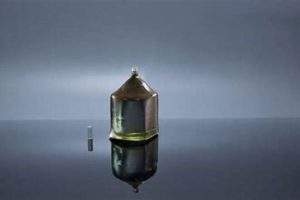Introduction to Scintillation Crystals
Scintillation crystals play a pivotal role in the field of medical imaging. They convert high-energy radiation into visible light, which is then detected and converted into electrical signals. Among these crystals, Cerium-doped Lutetium Aluminum Garnet (Ce:LUAG) and Cerium-doped Yttrium Aluminum Garnet (Ce:YAG) have emerged as leading materials in the industry.
The Science Behind Scintillation Crystals
The science behind scintillation crystals is both fascinating and complex, rooted in the principles of luminescence and the interaction of matter with ionizing radiation. These crystals, when exposed to ionizing radiation, emit light in a process known as scintillation. This is a fundamental concept in the field of radiation detection and medical imaging, and it’s the key to understanding the brilliance of Ce:LUAG and Ce:YAG scintillation crystals.
Scintillation is essentially a luminescent response to the absorption of ionizing radiation. Ionizing radiation is radiation with enough energy to remove tightly bound electrons from atoms, thus ionizing them. This radiation can come from a variety of sources, such as X-rays, gamma rays, or charged particles. When this radiation interacts with a scintillation crystal, it imparts energy to the atoms within the crystal, causing some electrons to move to a higher energy state. This state is unstable, and the electrons soon return to their ground state. As they do so, they release the excess energy in the form of light photons, causing the crystal to ‘scintillate’ or glow.
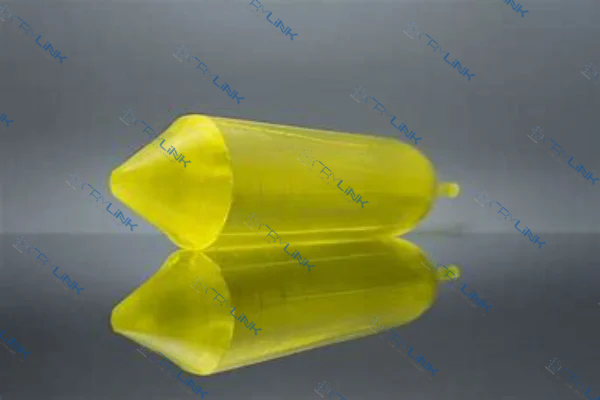
Figure 1. Ce YAG Crystals
The intensity of this light is directly proportional to the energy of the incident radiation. This means that by measuring the amount of light emitted, we can determine the energy of the radiation that caused the scintillation. This is a critical aspect of radiation detection and medical imaging. By accurately measuring the energy of the radiation, we can create detailed images of the body’s internal structures and processes, aiding in the diagnosis and treatment of various medical conditions.
The process of scintillation also depends on the properties of the crystal material. Different materials will produce different amounts of light in response to the same amount of radiation. This is known as the light yield of the crystal. Ce:LUAG and Ce:YAG crystals are known for their high light yield, meaning they produce a large amount of light for a given amount of radiation. This results in a stronger signal and improved image quality in medical imaging applications.
In addition to light yield, the speed at which the scintillation process occurs is also important. This is known as the decay time of the crystal. Ce:LUAG and Ce:YAG crystals have a fast decay time, meaning they emit the light photons quickly after absorbing the radiation. This allows for rapid data acquisition and high-speed imaging, which is crucial in medical imaging where timely diagnosis can significantly impact patient outcomes.
In conclusion, the science behind scintillation crystals is a complex interplay of physics and material science. The luminescent properties of these crystals, combined with their interaction with ionizing radiation, make them invaluable tools in the field of medical imaging. The brilliance of Ce:LUAG and Ce:YAG scintillation crystals lies not only in their high light yield and fast decay time but also in the fundamental science that underpins their operation.
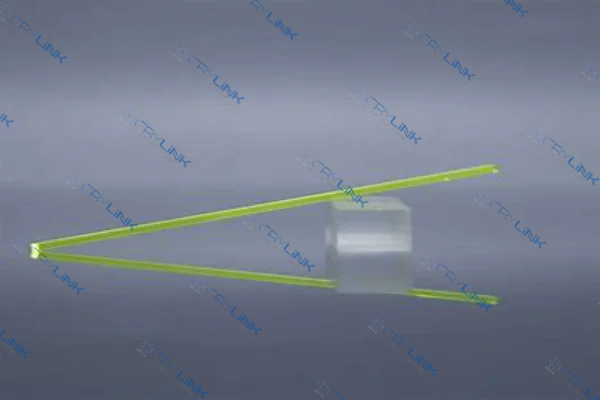
The Superiority of Ce:LUAG and Ce:YAG Crystals
The superiority of Ce:LUAG and Ce:YAG crystals in the realm of medical imaging is indisputable, and this superiority is rooted in their exceptional properties. These crystals are renowned for their high light yield, fast decay time, and excellent energy resolution, characteristics that make them ideal for use in Positron Emission Tomography (PET) scanners, a critical tool in medical diagnostics.
The light yield of a scintillation crystal is a measure of the number of photons produced per unit of absorbed energy. In simpler terms, it’s a measure of how brightly the crystal glows in response to radiation. Ce:LUAG and Ce:YAG crystals are known for their high light yield. This means that they produce a large number of photons for each unit of radiation they absorb.
This high light yield results in a stronger signal, which in turn leads to improved image quality. The images produced are clearer and more detailed, allowing for more accurate diagnoses. This is particularly important in medical imaging, where the ability to detect small abnormalities can be the difference between early and late diagnosis of serious conditions.
The decay time of a scintillation crystal is another critical factor. It refers to the time it takes for the light output to fall to 1/e of its initial value, or in other words, the time it takes for the crystal to stop glowing after it has been exposed to radiation. Ce:LUAG and Ce:YAG crystals are known for their fast decay time. This means that they emit their light quickly after absorbing radiation.
This rapid emission of light allows for quick data acquisition and high-speed imaging. In the fast-paced environment of a medical imaging department, speed is of the essence. The ability to quickly acquire images can improve the efficiency of the department and reduce the time patients have to spend in the scanner, improving their comfort and experience.
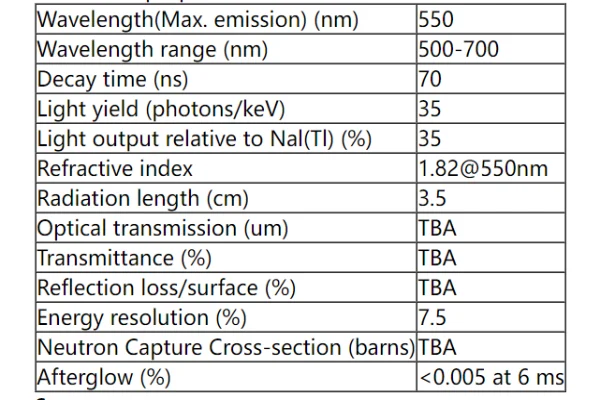
Energy resolution is the ability of a scintillation crystal to distinguish between different energy levels. This is a measure of how well the crystal can differentiate between photons of different energies. Ce:LUAG and Ce:YAG crystals have excellent energy resolution. This means that they can accurately detect the energy of the incoming radiation, allowing for precise imaging. In medical imaging, precision is crucial. The ability to accurately determine the energy of the radiation can lead to more accurate diagnoses, as different tissues and abnormalities can produce different energy signatures.
In conclusion, the superiority of Ce:LUAG and Ce:YAG crystals lies in their high light yield, fast decay time, and excellent energy resolution. These properties make them ideal for use in PET scanners and other medical imaging technologies. They enable the production of clear, detailed images, rapid data acquisition, and precise energy detection, all of which contribute to more accurate diagnoses and better patient outcomes. The brilliance of these crystals is not just in their physical properties, but in the significant impact they have on the field of medical imaging.
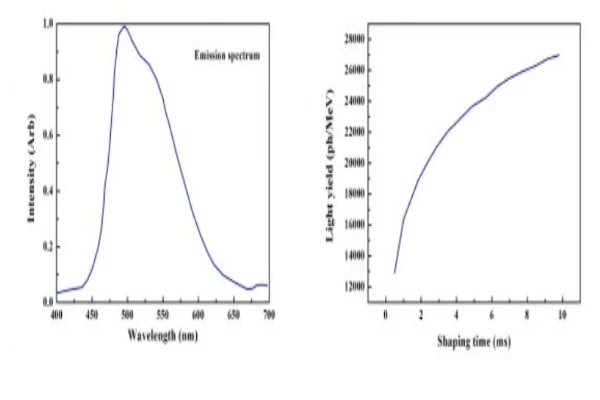
Ce:LUAG and Ce:YAG in PET Scanners
PET scanners, a cornerstone of modern medical imaging, provide detailed images of the body’s functional processes, aiding in the diagnosis and treatment of diseases. Ce:LUAG and Ce:YAG crystals are integral to the functioning of these scanners, contributing significantly to their performance and effectiveness.
The high light yield and excellent energy resolution of Ce:LUAG and Ce:YAG crystals contribute to enhanced image quality in PET scanners. The high light yield ensures a strong signal, which translates into clear, detailed images. This clarity allows for more accurate detection of abnormalities, leading to more precise diagnoses. The excellent energy resolution of these crystals further enhances this precision, as it allows the scanner to accurately differentiate between different energy levels. This differentiation is crucial in PET scanning, as different tissues and abnormalities can produce different energy signatures. The ability to accurately detect and interpret these signatures can lead to better patient outcomes, as it enables early detection and treatment of diseases.
The fast decay time of Ce:LUAG and Ce:YAG crystals enables faster imaging in PET scanners. The quick emission of light following exposure to radiation allows for rapid data acquisition, which translates into faster imaging. This speed not only improves patient comfort, as it reduces the time they have to spend in the scanner, but also increases the efficiency of medical imaging departments. Faster imaging means more patients can be scanned in a given period, improving the productivity of the department.
In conclusion, Ce:LUAG and Ce:YAG crystals play a crucial role in PET scanners, enhancing their performance and effectiveness. Their high light yield, excellent energy resolution, and fast decay time contribute to enhanced image quality, faster imaging, and ultimately, better patient outcomes. The brilliance of these crystals truly shines in the field of medical imaging, where they are helping to drive advancements in diagnosis and treatment.

Conclusion
The brilliance of Ce:LUAG and Ce:YAG scintillation crystals lies in their superior properties and their transformative impact on medical imaging. By enhancing image quality and speeding up imaging processes, these crystals are paving the way for advancements in medical diagnostics.
FAQs
- What are scintillation crystals?
Scintillation crystals are materials that emit light when exposed to ionizing radiation. They are used in medical imaging to convert radiation into visible light. - What are Ce:LUAG and Ce:YAG crystals?
Ce:LUAG and Ce:YAG are types of scintillation crystals. They are doped with cerium and are known for their high light yield, fast decay time, and excellent energy resolution. - Why are Ce:LUAG and Ce:YAG crystals used in PET scanners?
The superior properties of Ce:LUAG and Ce:YAG crystals make them ideal for use in PET scanners. They enhance image quality and enable faster imaging. - What is light yield?
Light yield is a measure of the number of photons produced per unit of absorbed energy. A high light yield results in a stronger signal and improved image quality. - What is decay time?
Decay time refers to the time it takes for the light output of a scintillation crystal to fall to 1/e of its initial value. A fast decay time enables rapid data acquisition and high-speed imaging.


